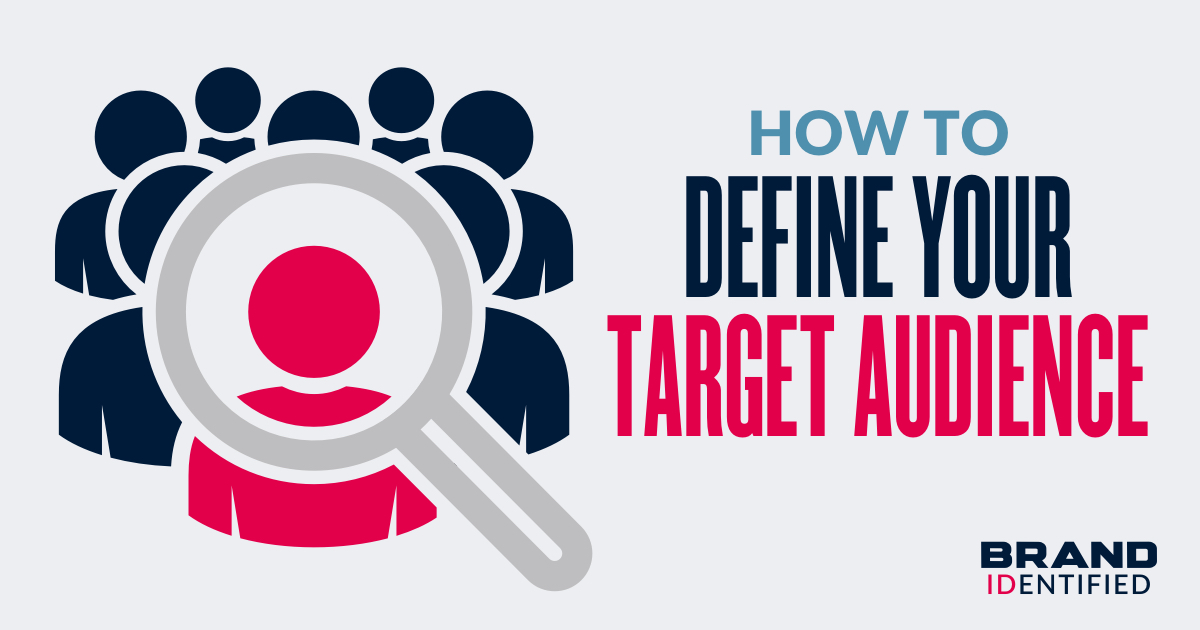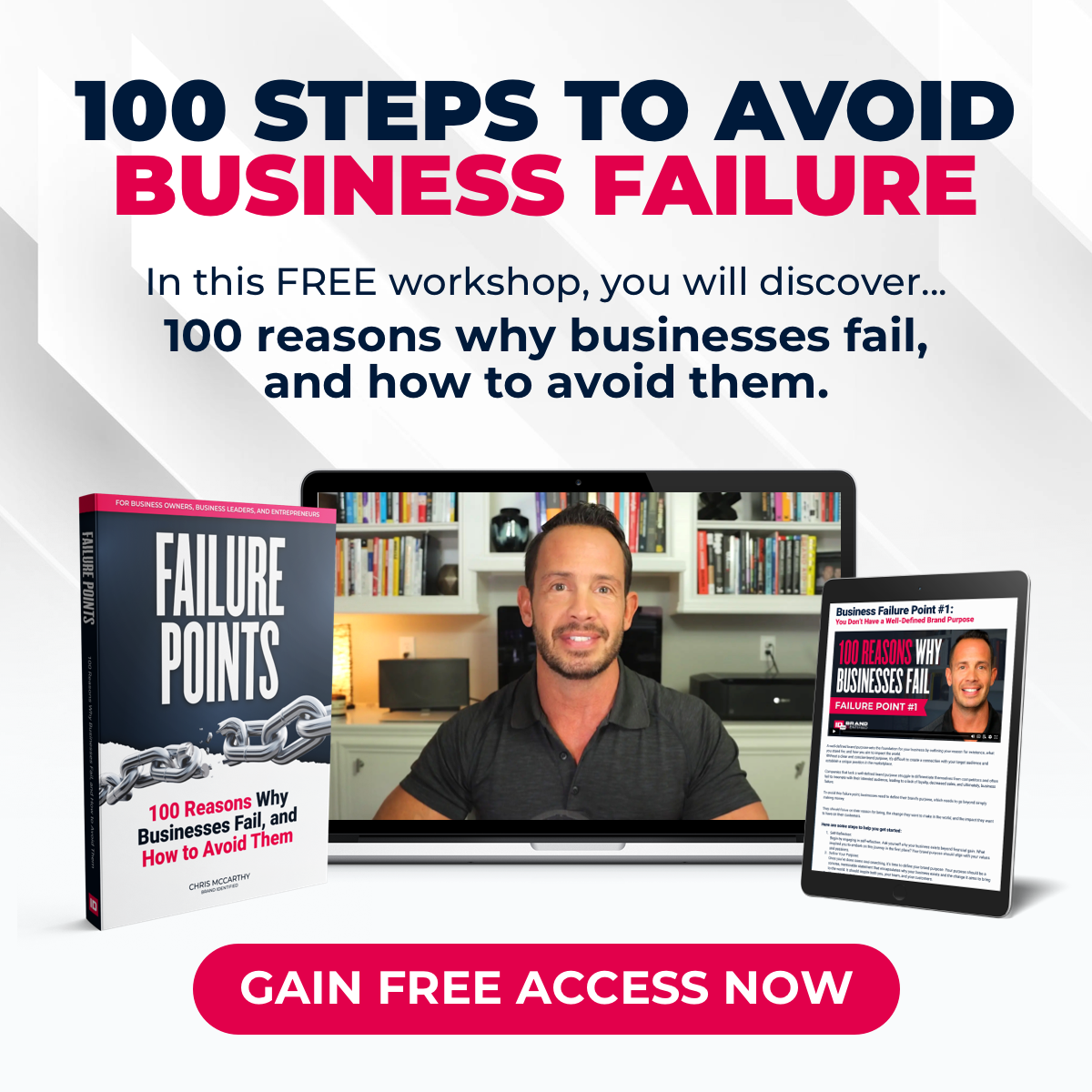How to Define Your Target Audience:

Once a business has defined this group they can direct their marketing actions at these consumers to build brand awareness.
Basically, you want to find a group of people and communicate with them so they will buy your stuff.
Your brand is not built on the products and services you sell. It’s built by the customers who purchase your products and services.
That is why it is critical that you find your ideal customer.
If you try to be everything to everyone, you may get a lot of hits on your website, but no one will be buying, because they are not your audience.
Only your audience, the people who you build a relationship with and share your common values, will connect with you.
Brands who try to appease the masses, lose their authenticity and the trust of the consumer.
Once you have discovered precisely who your ideal customer is, you should learn everything you can about them.
You need to understand their needs, their challenges, and their passion.
And then, you must consistently cultivate that relationship by providing them with the best service and unexpected surprises.
When your top customers feel special, valued, and part of a unified community, they will feel obligated to give back to the brand by purchasing their products or services.
These are the customers who will become loyal brand advocates.
They will tell their friends and family members about your brand, share photos of your products on social media, and basically market your brand for free.
Now you may be thinking, why is all this research, time, and energy so important? Is it really that necessary to narrow my audience down to a small selective group?
Wouldn’t it be easier for me to cast a little larger net to capture my ideal customer, and then release the rest back into the marketplace?
Yes, it would be easier, but nowhere near as effective.
Plus it would be a huge waste of time and money to take a trial and error approach.
You are much better off taking the time to be proactive now and engaging your best customers from the beginning because brands live and die based on how well they know their customer.
This will instantly begin to increase your brand equity, enroll loyal brand advocates, and generate revenue.
Here are 4 reasons why it’s important to define your target audience as quickly as you can in the branding process.
- Create more effective ads by targeting only those individuals or groups who are searching for your product or service.
- Set the tone for your marketing messaging and speak directly to your customers. Learn where your customers hang out, both online and offline, so you know where you’ll need to go to prospect new leads.
- Spend less money marketing to a smaller refined group.
- Remain true to your core values by finding the people who share your beliefs.
OK, so you should now understand that your audience is who will decide if your brand succeeds or just quietly disappears into the marketplace.
Here are 10 ways to help you connect with your target audience:
1. Discover Who They Are
The first step is to collect some basic information about the people who your products or services are intended for.
Whether you are just starting product development or you’ve been in a business a while, you should have a decent idea of who that is.
Look for demographic data like their Age, Gender, Location, and Income.
Your warm audience are the customers who have already purchased from you. These people should be immediately included in your target audience because they are more likely to buy from you again.
Also, pay close attention to who is purchasing your competitors’ products.
2. Find Out Where They Are
People are constantly searching for, and consuming information, both online and offline. This could be on social media, youtube channels, facebook groups, blogs, local organizations, public gatherings, trade shows, festivals, etc.
Once you have located your audience, communicate to them in their language so they know you are part of their tribe.
3. Determine Their Needs and Desires
Now that you know who your people are, and where to find them, start investigating their wants, needs, goals, and desires. When you know what your customer wants it will make prospecting and marketing to them much easier.
4. Solve Their Problems
In addition to learning what your audience needs, you’ll also want to determine their problems and daily pain points. Put yourself in their shoes. If your product solves these problems, then they are your target demographic.
5. Consider Their Negative Experiences
You not only want to learn what your audience loves, but also what they hate. This is powerful information. If you know what your potential customer considers negative, then you have a better chance of captivating them and gaining their approval.
6. Gain Their Trust
The reputation of your brand is one of the most important factors in building brand equity and retaining loyal customers. No one purchases a product or service from a company they don’t know or trust. To gain the trust of your audience, be sure you are always keeping your promise to the consumer, be authentic, and never waver from your core values.
7. Use Social Media
Unitize the constant on-demand social media channels to connect with your followers. Ask engaging questions and interact with them on a daily basis through Q&A’s, free giveaways, and special offers. Create a safe and collaborative environment where they can actively participate and communicate with your brand
8. Speak to them often and ask questions
Talk to your customers and gather data about their experiences with your brand. Encourage them to be open and honest. When your customers feel like their opinion matters, and you are willing to do whatever it takes to make them happy, you will form a lasting emotional connection with them.
9. Don’t make assumptions
Successful marketing campaigns are not created based on what you think. They become successful when they are built around the particular wants and desires of your target audience. Don’t assume you know what they need, or what their problems are. Take all the data you have gathered, and use it.
10. Refine the audience
Finding your target audience is not a one time thing. The marketplace is constantly changing, trends come and go, and peoples opinions and perceptions are always evolving. It’s inevitable that you will need to refine and adjust your audience based on several factors that are out of your control. Your data will show you whether you are still engaging with your audience, or if one particular demographic has lost interest.
If there is one single most important point I’d like to drive home here it’s to always communicate and stay in touch with your audience.
The moment you ignore your customer, they will feel devalued, and unappreciated.
They will immediately disengage with your brand and migrate to your competition.
Even worse, they may speak negatively about you, which can cause a lasting effect on your brand equity.
So there you have it. Finding your target audience may be one of the most important steps in building your brand.
To continue your training, please be sure to download the FREE Brand Builder Toolbox and complete the Action Guide.
CLICK HERE to Learn More >>
Get Started Now To Receive Your...
Unlock Unlimited Growth Today!



